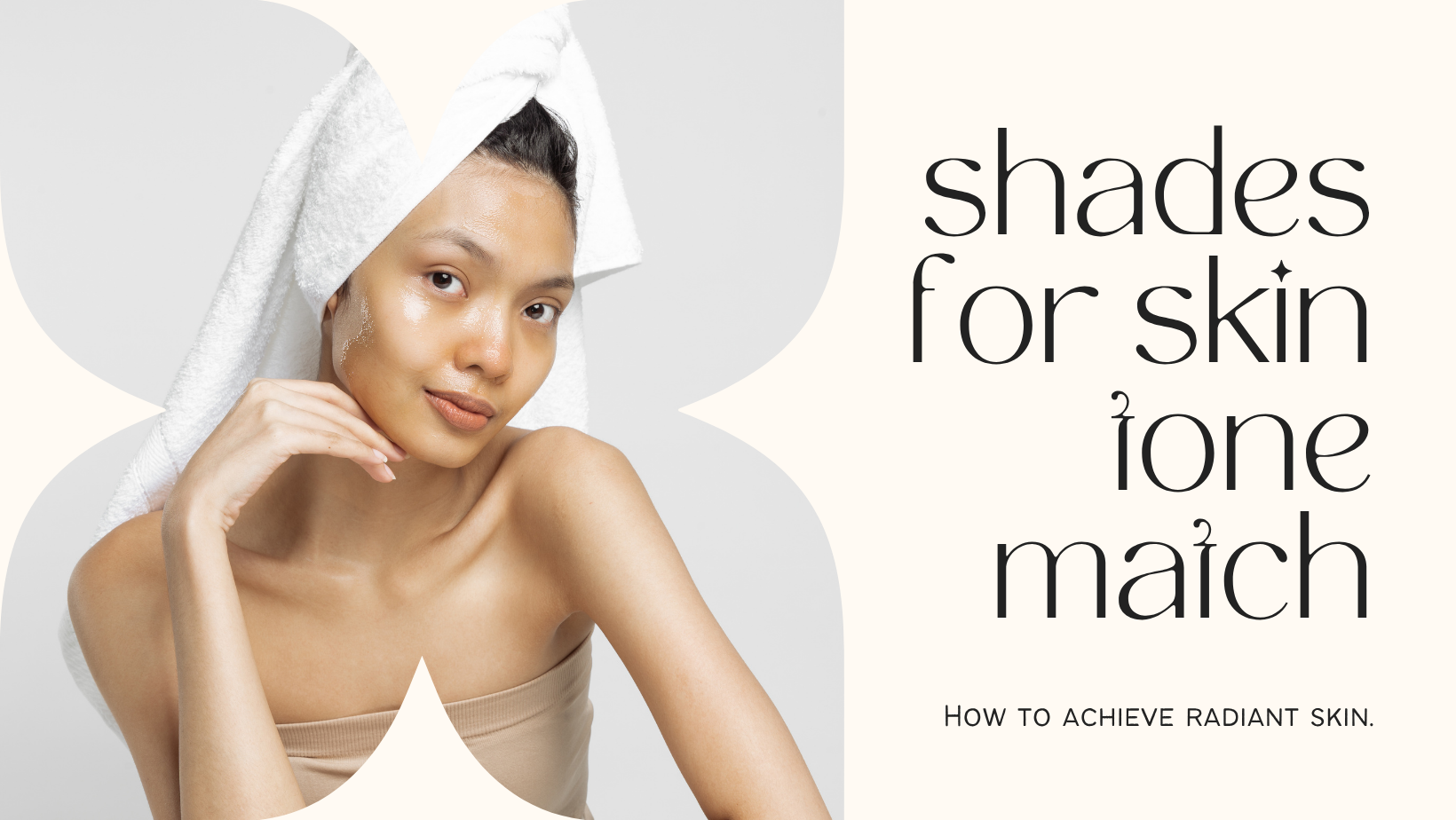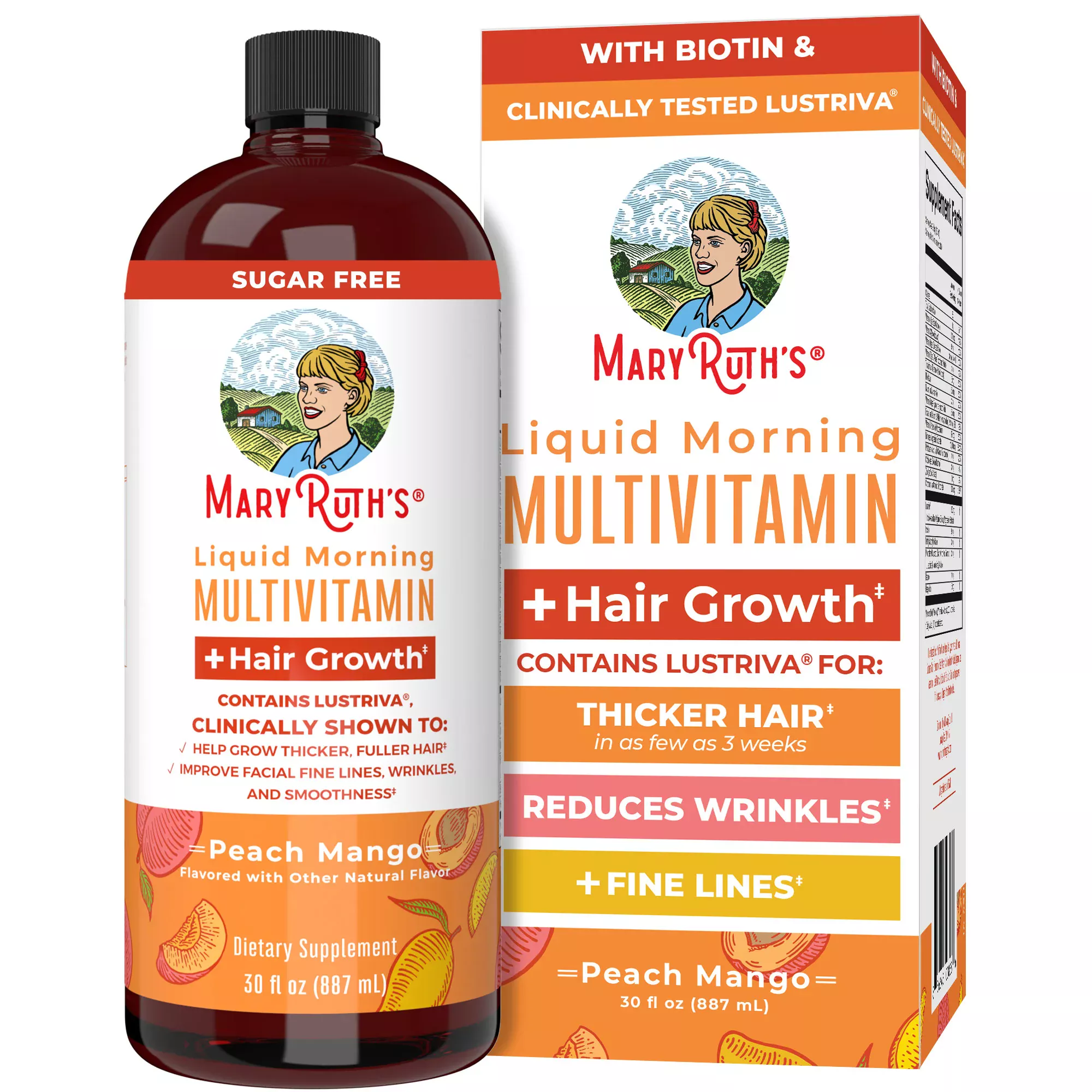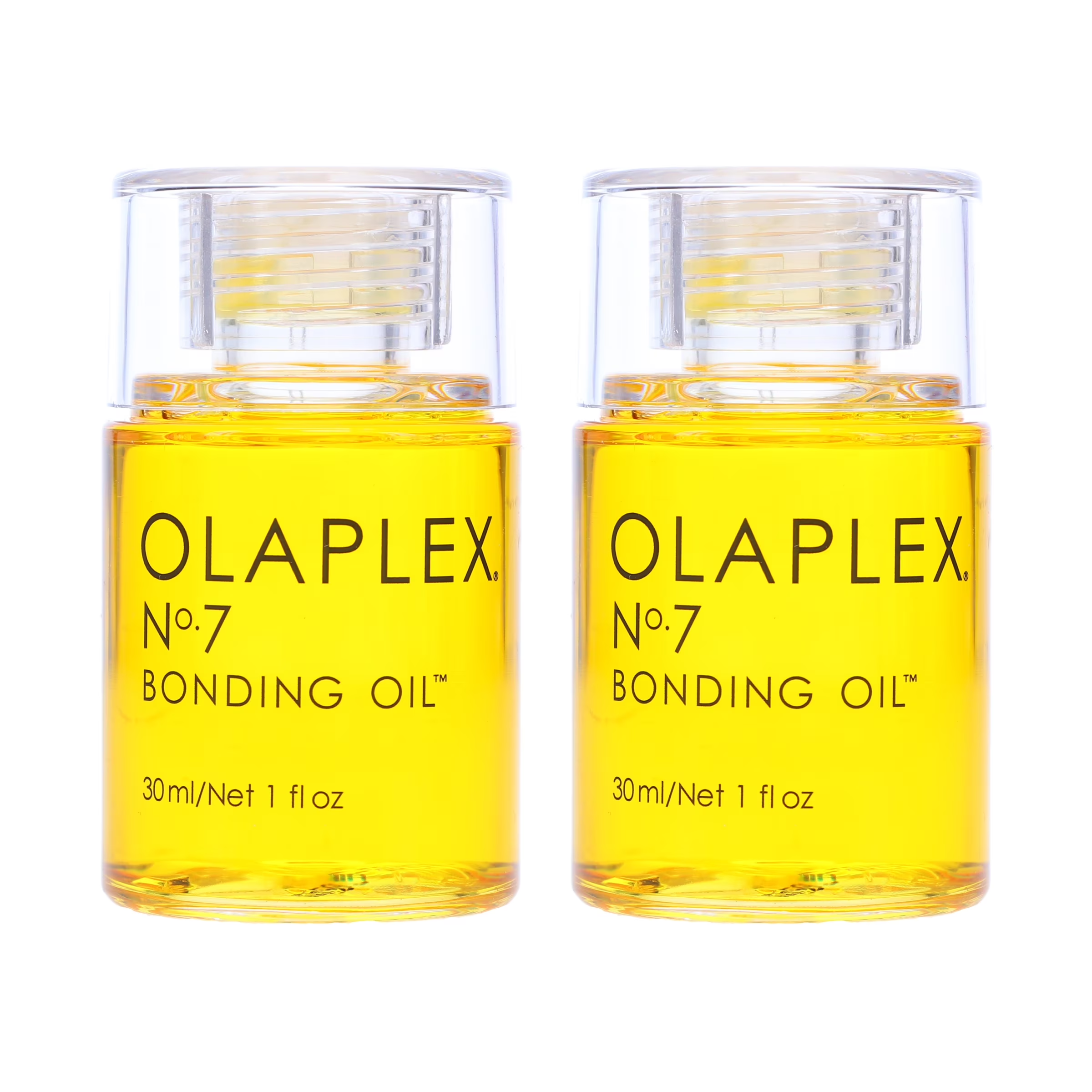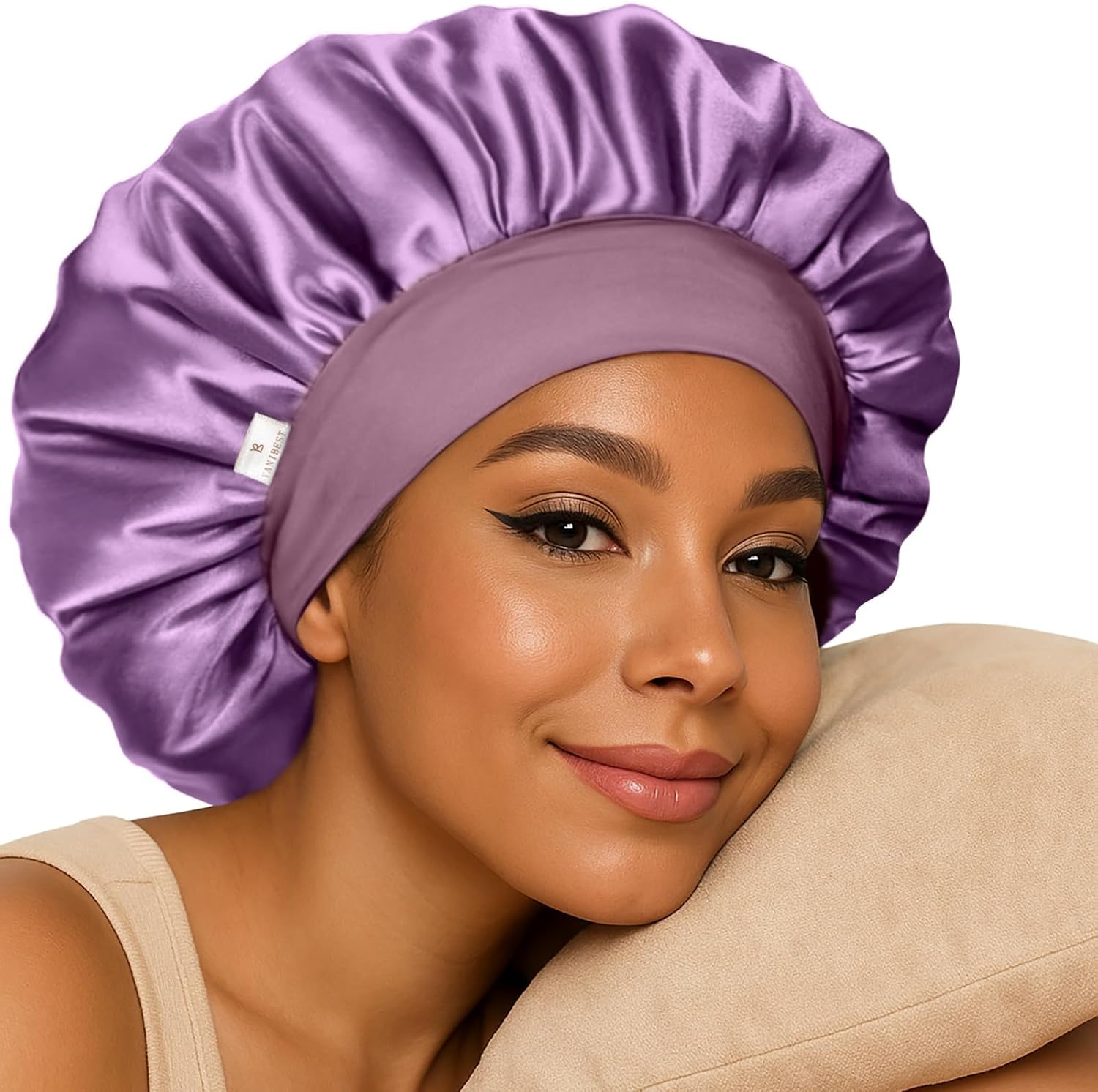How to Choose the Right Foundation Shade for Your Skin Tone
The wrong foundation shade can make your skin look washed out, too orange, or patchy. But the right shade? It creates a flawless, natural-looking finish that enhances your beauty without masking it.
Finding your perfect foundation match doesn’t have to be intimidating. In this guide, we’ll walk you through how to choose the right foundation shade based on your skin tone, undertone, and finish preference — so you can build the perfect base with confidence.
🎨 Why Matching Foundation Is So Important
Your foundation is the canvas of your makeup routine. When it matches your complexion:
-
It blends seamlessly into your skin
-
You avoid harsh makeup lines around your jaw
-
Your skin looks healthier and more radiant
-
Other makeup (like blush and contour) sits better
🔍 Step 1: Identify Your Skin’s Surface Tone
Your surface tone is how light or deep your skin appears:
-
Fair – very light with pink or neutral hues
-
Light – pale with beige or yellow hues
-
Medium – tan, olive, or golden tones
-
Deep – rich brown with golden, red, or blue undertones
Knowing this helps narrow your range, but you still need your undertone for the perfect match.
🌈 Step 2: Determine Your Skin Undertone
Your undertone is the subtle hue beneath your surface tone and stays the same even if you tan.
🔵 Cool Undertones:
-
Skin has a pink, red, or bluish hue
-
Veins look blue or purple
-
Silver jewelry looks better on you
🟡 Warm Undertones:
-
Skin has a golden, yellow, or peachy hue
-
Veins look green
-
Gold jewelry flatters more
🟢 Neutral Undertones:
-
A mix of warm and cool
-
Veins look blue-green
-
Both gold and silver suit you
Pro Tip: Hold a white sheet of paper near your face in natural light. If your skin looks yellow next to it, you’re warm; if pink or rosy, you’re cool.
💄 Step 3: Test Shades on Your Jawline
Always test foundation on your jawline or neck, not your hand or wrist.
-
Apply 2–3 close shades side by side
-
Wait a few minutes to see how they oxidize
-
Check in natural light — indoor lighting can be misleading
-
The best match should disappear into your skin
💧 Step 4: Consider Your Skin Type & Foundation Finish
Foundation shade and texture go hand in hand.
For Oily Skin:
-
Use a matte or oil-free formula
-
Powder or long-wear liquid foundations work best
For Dry Skin:
-
Use a hydrating or dewy finish
-
Cream or serum foundations give a radiant look
For Combination Skin:
-
Use a satin or semi-matte formula
-
Apply mattifying primer only to oily areas
🔄 Step 5: Update Your Shade Seasonally
Your skin tone may change slightly depending on the season.
-
In summer, you may need a darker or warmer shade
-
In winter, you may return to a lighter, cooler tone
-
Consider having two shades and mixing them when needed
🎯 Foundation Matching Tools That Help
-
Virtual Try-On Apps: Use AR tools from brands like Maybelline, MAC, or L’Oréal
-
Shade Finder Quizzes: Answer skin tone, undertone, and finish questions
-
Professional Match Services: Get shade matched at a beauty counter
Bonus tip: Brands like Fenty Beauty and Estée Lauder offer a wide shade range — great for finding your perfect fit.
🧴 Foundation Shade Chart (Sample Guide)
| Skin Tone | Undertone | Example Shade Name (varies by brand) |
|---|---|---|
| Fair | Cool | Porcelain, Fair Rose |
| Light | Warm | Warm Beige, Light Honey |
| Medium | Neutral | Medium Neutral, Sand |
| Tan | Warm | Golden Tan, Caramel |
| Deep | Cool | Deep Espresso, Cocoa Rose |
Always test with your own skin for accuracy.
💬 Final Thoughts
Choosing the right foundation shade doesn’t have to be guesswork. When you understand your skin tone and undertone, test shades in natural light, and adjust for the seasons, you’ll always look radiant and seamless.
Whether you’re a makeup beginner or looking to update your routine, these foundation tips will help you put your best face forward — literally.
4 min read









